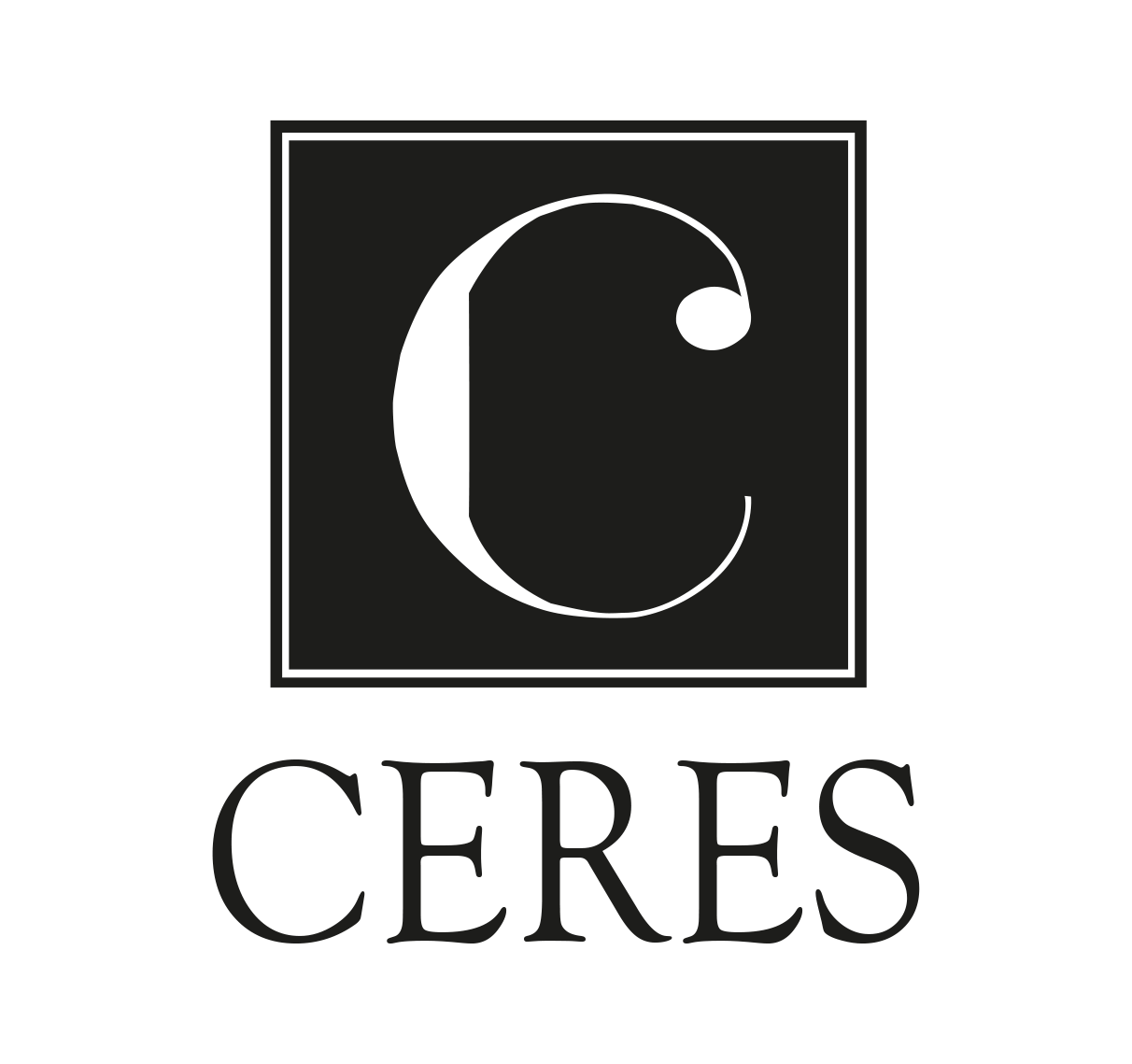Ceres focuses on special medical products:
– Synthetic bone grafts
– Bioabsorbable pins and screws
– Collagen stimulants
– Newborn tests
– SMA tests
What is a bone graft?
A bone graft is a surgical procedure used to fix problems with bones or joints.
Bone grafting, or transplanting of bone tissue, is beneficial in fixing bones that are damaged from trauma or problem joints. It’s also useful for growing bone around an implanted device, such as a total knee replacement where there is bone loss or a fracture. A bone graft may fill an area where bone is absent or help provide structural stability.
The bone used in a bone graft can come from your body or a donor, or it can be entirely synthetic. It can provide a framework where new, living bone can grow if it’s accepted by the body.
Why synthetic bone graft?
Synthetic grafts are increasingly being used for Anterior Cruciate Ligament (ACL) reconstruction, offering a reliable alternative to traditional methods. Unlike autografts, which involve harvesting tissue from the patient’s own body, and allografts, which come from donor tissue, synthetic grafts help avoid complications such as donor site morbidity and the risk of disease transmission. This makes synthetic options a safer and less invasive solution for many patients.
These synthetic materials, including bone graft substitutes like β-tricalcium phosphate, come in various forms such as granules, putty, and powder. β-tricalcium phosphate is particularly valuable in bone regeneration, as it integrates with the surrounding bone to promote healing. Whether used as a granule for precise placement, a putty for ease of application, or a powder for fast absorption, these materials support bone regeneration and contribute to the stability and success of the reconstructed ligament.
